[Xinhua] Scientific payloads of China's first reusable, returnable satellite delivered to users
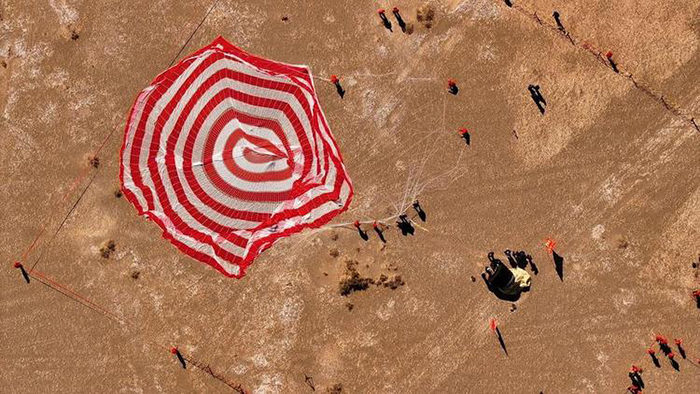
The scientific payloads for space breeding and other sci-tech experiments carried by China's first reusable and returnable satellite, Shijian-19, were delivered to Chinese and foreign users on Thursday.
At the payloads handover ceremony held by the China National Space Administration (CNSA) in Beijing on Thursday, the CNSA and the China Aerospace Science and Technology Corporation signed payload delivery certificates with domestic and international users, including those from Thailand and Pakistan.
Bian Zhigang, deputy head of CNSA, said the Shijian-19 mission fully leverages the advantages of the new generation retrievable space experiment platform, conducting space breeding experiments of about 1,000 species of germplasm resources, providing crucial support for the innovation of germplasm resources in China. The mission has also offered a valuable in-orbit validation opportunity for domestically produced components and raw materials.
According to Meng Lingjie, director of the Earth Observation System and Data Center under the CNSA, the Shijian-19 mission has made a breakthrough in its recovery module. The satellite platform can be reused more than 10 times, significantly reducing manufacturing costs and improving operational efficiency.
The satellite serves as a space testing platform that enables convenient transportation of payloads between Earth and space, offering high-quality experimental services, said Meng, adding that it has wide-ranging applications in space sci-tech experiments such as space breeding as well as space pharmaceutical and material manufacturing.
The satellite carried 500 kg of experiment payloads back to Earth, greatly enhancing the capability for payload recovery, according to Meng. It can also provide a high-quality microgravity environment for experiments.
When the satellite was in orbit, seven new technology experiments were carried out, including microgravity hydrogen production, low-frequency magnetic communications, inflatable sealed cabin and wireless power transmission.
The satellite also carried nine space science payloads to conduct research in fields such as carbon nanomaterials and devices, solid catalyst materials, and oral and dental science materials.
According to Liu Luxiang, executive director general of the Institute of Crop Sciences under the Chinese Academy of Agricultural Sciences, the Shijian-19 mission carried seeds of about 1,800 plant materials and more than 1,000 species of microorganisms, encompassing nearly all major kinds of agricultural products.
The mission not only provides solid support to China's space breeding, but also creates a collaboration platform for international counterparts, said Liu, who is also the chief scientist of China's space breeding project. The satellite carried rice seeds from Thailand, seeds of wheat, rice, corn and beans from Pakistan, as well as crop seeds from other countries.
"In face of the challenge of global food security, it is necessary to continuously enhance food production, develop new genetic resources that promote nutrition and health, and cultivate new grain varieties that are more resilient to climate change with improved stress tolerance," Liu said.
Over the past 30 years, China has developed over 300 crop varieties through its space breeding technologies. These varieties cover an annual cultivation area of about 2 million hectares, with remarkable social and economic benefits, according to Liu.
The Shijian-19 satellite was sent into orbit from the Jiuquan Satellite Launch Center in northwest China on Sept. 27. It returned to Earth on Oct. 11.
-
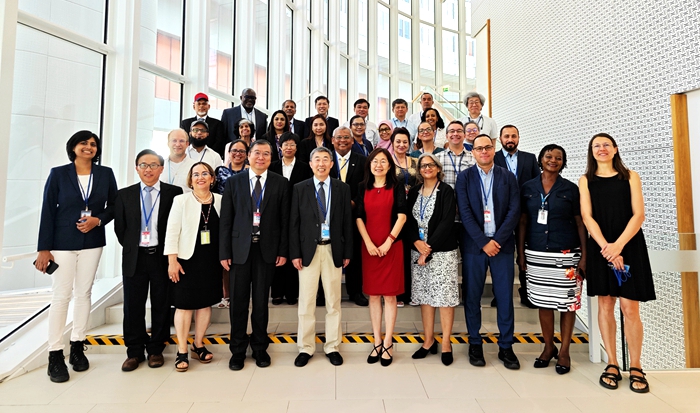 Oct 24, 2024Prof. Luxiang Liu Renewed His Term as the Chairman of the Mutation Breeding Network (MBN)
Oct 24, 2024Prof. Luxiang Liu Renewed His Term as the Chairman of the Mutation Breeding Network (MBN) -
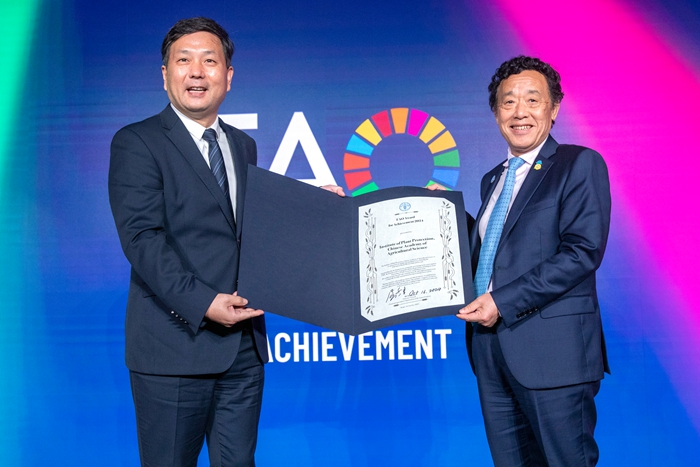 Oct 23, 2024IPPCAAS Wins the 2024 FAO Achievement Award
Oct 23, 2024IPPCAAS Wins the 2024 FAO Achievement Award -
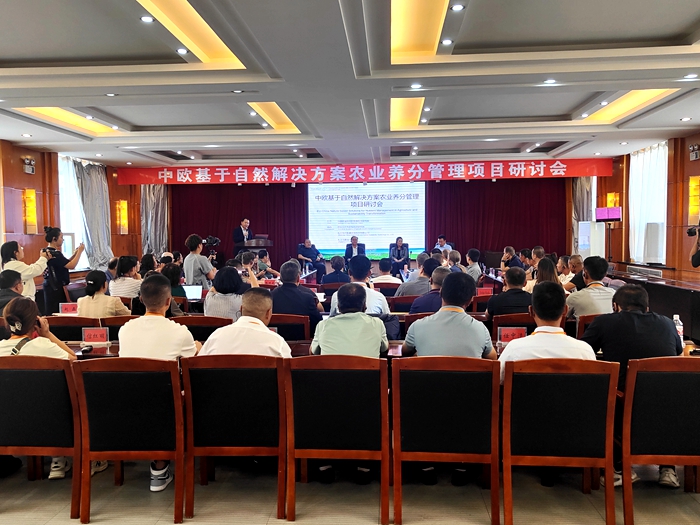 Oct 23, 2024ICS Hosted the Symposium of China-European Union Nature-based Solutions for Nutrient Management International Cooperation Program
Oct 23, 2024ICS Hosted the Symposium of China-European Union Nature-based Solutions for Nutrient Management International Cooperation Program -
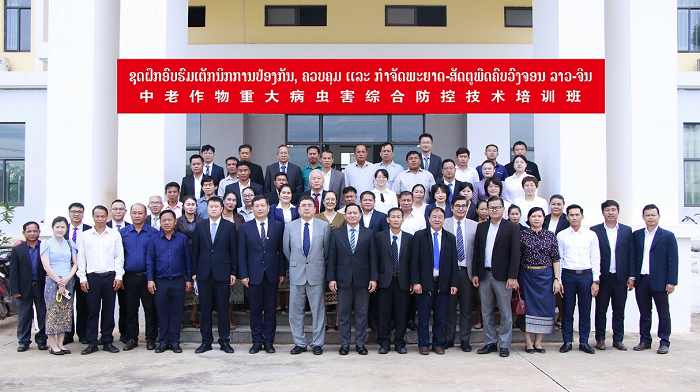 Sep 30, 2024China-Laos Training Workshop on Integrated Management of Major Crop Pests and Diseases Concludes Successfully in Laos
Sep 30, 2024China-Laos Training Workshop on Integrated Management of Major Crop Pests and Diseases Concludes Successfully in Laos -
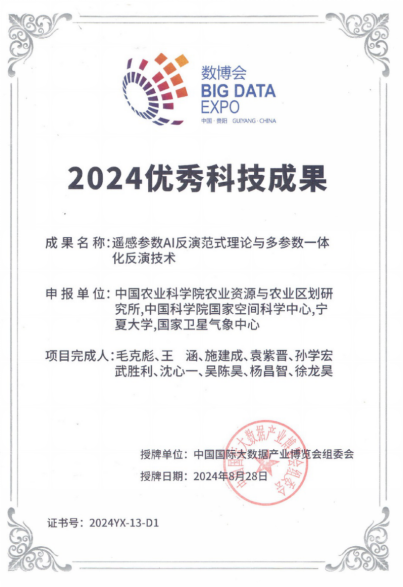 Sep 26, 2024IARRP's AI project research achievement wins the Excellence Award at the Big Data Expo
Sep 26, 2024IARRP's AI project research achievement wins the Excellence Award at the Big Data Expo
